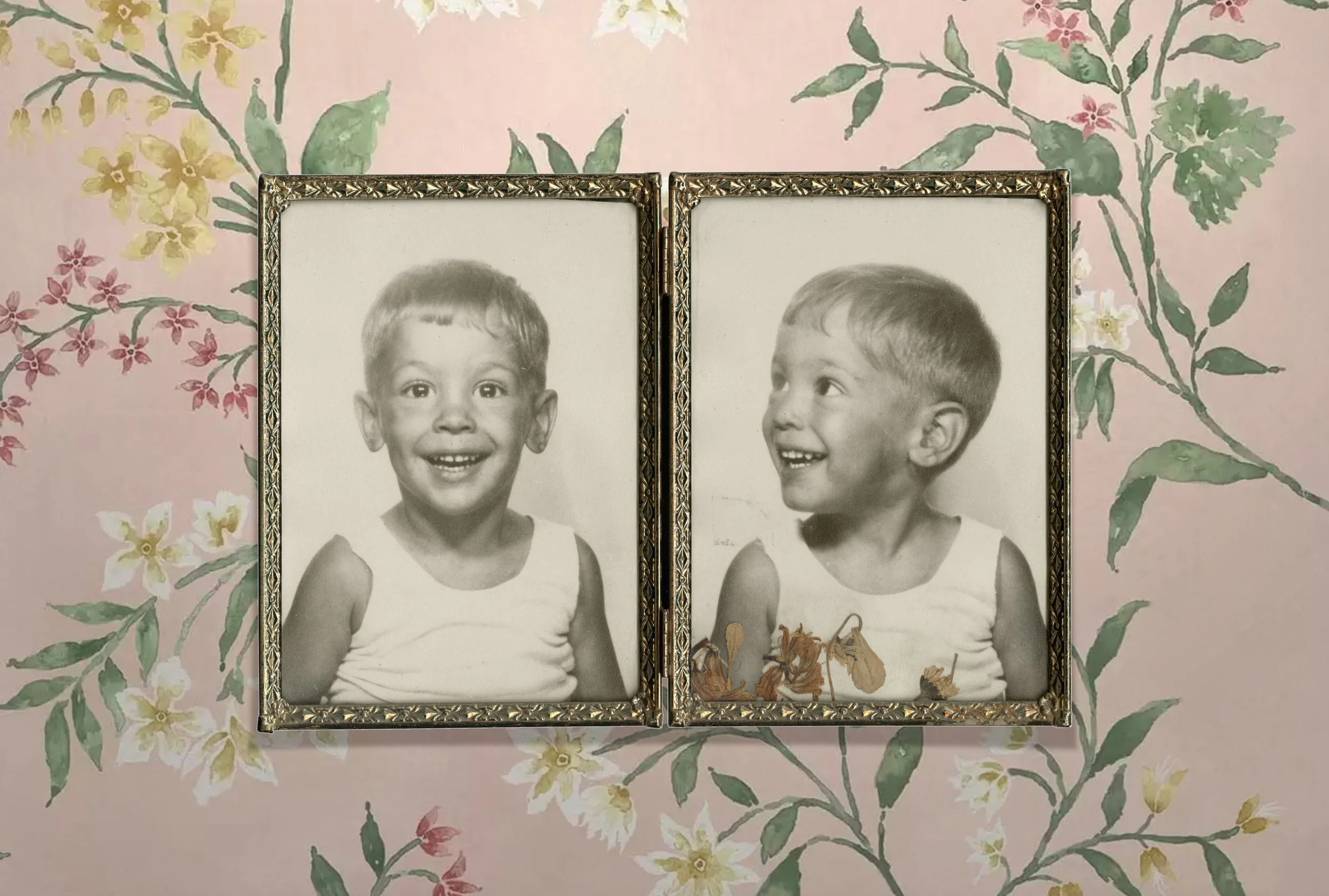Palisades Amusement Park was a large recreational area clinging to the rocky cliff edge of Bergen County, NJ. Its origin was at the turn of the 20th century and operated in various configurations until the early 1970s when, due to diminishing attendance, crime, changes in taste and some greed, it was put to rest. What lies in its place is a flavorless cluster of housing blocks, just south of the George Washington Bridge, as though the fun never existed. As I knew it, the park consisted of the customary amusements, like an imposing Cyclone roller coaster and, at least, 2 smaller variants. Families bobbed above in cable cars, overlooking a water flume, carpet slides, flying rockets, a giant spinning tarantula, a fun house whose cars spilled their occupants out onto a conveyor belt to exit, and an extended saltwater pool, all to the perpetual clangs of popgun fire, disembodied clown laughter and a smog of burning sugar, hot dogs, sulfur and butter. You could even fly to Mars if you bought enough tickets. Shrieks emanating from questionably safe rides, like the Himalaya, Roundup and Flying Cages, were muffled by public announcements of upcoming events or the latest fried dough and random theme music from local radio stations. The park’s backdrop was the Hudson River far below and a parking area almost as large as itself.
The first time I witnessed its craziness was in the summer of 1962. I would only be 3 by then. I’m not sure how we got to the park, but it’s safe to assume that my father drove us there from the Bronx in his bulbous, cobalt blue Mercury Monterey. Strangely, I don’t remember my father’s presence on that day. He and my maternal grandfather, who rarely went anywhere far from his television, must have intentionally lost themselves among the crowd. I was left in the custody of my mother, Joan and grandmother, Edith. Being too minuscule to experience the big people rides, I happily fattened myself on my first cotton candy, a pretzel as big as my head and a Sabrett hot dog. I vaguely recall walking around with a half-finished box of Cracker Jacks in my pants pocket, some of the popcorn adhering to the fabric even after several washings. At some point I was ushered to a lone photo booth near the park’s entrance and Fun House. It was disguised as a circus tent, fitted with a dark maroon curtain. The afternoon was warm, as was demonstrated by my flimsy outfit. My mother sat me down on a shiny, Bakelite-type plastic seat and told me to look forward and smile. The booth’s interior was all grey metal, dimly lit, with a dark hole ahead for an invisible camera. I wasn’t familiar with the procedure and wouldn’t sit still. Judging by my face, I couldn’t have been more contented with life. After an initial burst from the camera flash, I thought the drill was over and went to stand up. My laughing grandmother pushed me back in and said, “You have to stay there.” The second flash was a bust. The third caught me in profile, all 90% head. Unlike many photo booths, this machine spit out single, medium-sized images, as crisp and elegant as a studio portrait. I think the batch cost a whole dollar. Copies of the usable snapshots ended up in almost every relatives’ household. Until her death, my grandmother kept her set in a chintzy, gold-ish diptych frame, bought from the local five and dime. A flower she inserted into the frame at the time still languishes, smothered within the glass. For decades, my kisser stared out into my grandparents’ living room like identical, bleached-blonde twins.
The forward-facing, beaming portrait became a family favorite. It captured what appears to be the happiest moment in anyone’s life. Innocent, un-cynical and almost gleefully stupid in appearance. I’m oblivious to what life would throw at me later, the most significant being the consequences of living in a steadily dicey Bronx neighborhood while also coping with an oppressive and, sometimes, equally threatening 8 years of Catholic training.
Over time, my portrait would disappear and resurface in the family home. In rapid succession, my mother observed holidays and seasonal changes by redecorating our apartment, then our house, to match the current event. Occasionally, our home would resemble a crowded theme park of cardboard Easter rabbits, garlands of St. Valentine heart lollipops, leprechauns, inordinate swags of lighted pine branches, and an annoying singing doorbell in the shape of Santa’s head. She considered it her duty to over-decorate the place on a whim and it offended her if you didn’t appreciate the effort.
It’s with those idiosyncrasies in mind, and my history with a Catholic education in the Southeast Bronx, that I resurrected my favorite portrait and, in my mother’s slightly bent fashion, manipulated it to correspond with certain changing themes; a moment of sheer joy peeking through the debris. It is as much an homage to my mother’s existence as it is a satire of my childhood experience.
